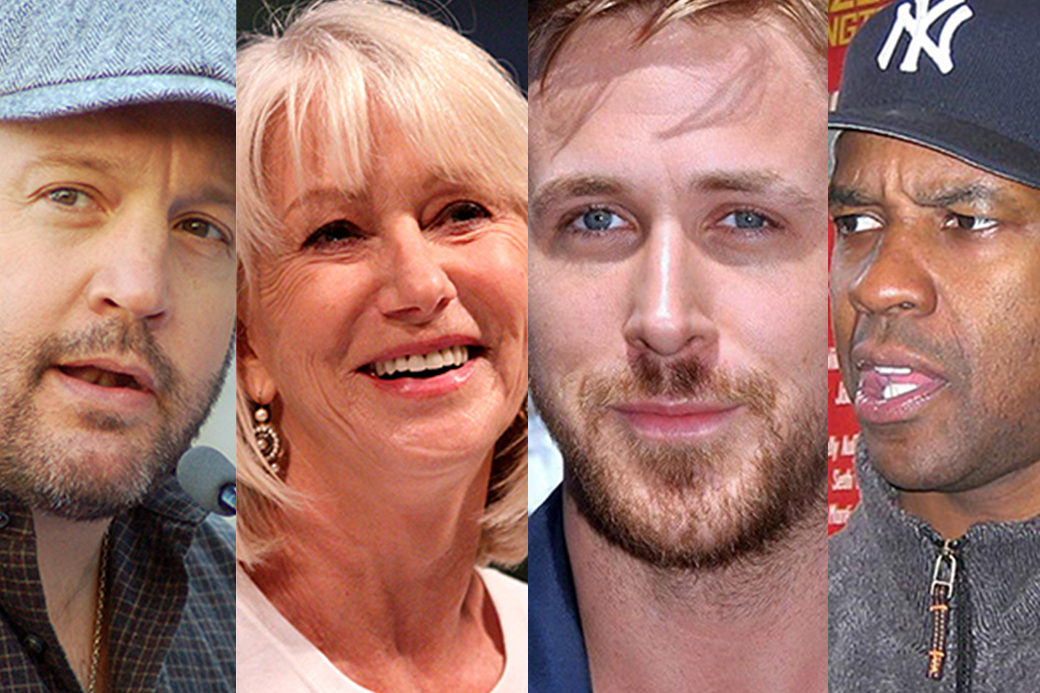
Mencken and the novelist Joseph Hergesheimer. When the twenty-something whiz-kids Alfred and Blanche Knopf opened their publishing house in 1915, Van Vechten was their third signing, joining H. This famous shot was taken during that tour and is his deliberate attempt to position Stein as a totem of a modern American culture that he had helped foster.

He arranged for the publication of her book Tender Buttons wrote articles about her in newspapers and magazines and helped promote her opera Four Saints in Three Acts, as well as her resoundingly successful tour of the U.S. For the next 33 years Van Vechten framed himself as Stein’s greatest American champion.

Through Mabel Dodge, Van Vechten met Gertrude Stein at her Paris home in 1913. “Street-car conductors asked for your opinion of the Nude Descending a Staircase, as they asked you for your nickel.” “Everybody went and everybody talked about it,” he remembered years later. Van Vechten, predictably, loved the exhibition-but as much for the controversy it caused as for the art it displayed. “Art Show Open to Freaks” was the headline of the Chicago Daily Tribune’s review of the exhibition, reflecting the tone of much of the coverage in the popular press which hovered somewhere between amused, enraged and discombobulated. In 1913, the Armory Show exhibition hit New York with incendiary force, displaying works by modern artists such as Wassily Kandinsky, Marcel Duchamp, and Henri Matisse for the first time in the United States. Over several decades of a combustible, on-off friendship they maintained a keen rivalry as loudhailers for various artistic causes. But Dodge also taught him the trick of promoting an under-appreciated artist as a means of boosting one’s own profile, as she did in the early careers of figures such as Gertrude Stein and the poet John Reed. It was at her bohemian Fifth Avenue salon where Van Vechten met an array of New York’s most noteworthy people-such as the political radical Emma Goldman and the artist Charles Demuth-and where he learned the skills of hosting parties, which became a key part of his life in later years. The society hostess and arts patron Mabel Dodge set Van Vechten’s life on a new path when they met at a mutual friend’s dinner party in 1912. Although Van Vechten always maintained that this was his first contact with Dreiser, in the very earliest years of the twentieth century both men frequented the Everleigh Club, an astonishingly lavish brothel in Chicago’s infamous red-light district. When Van Vechten arrived in New York in 1906 it was the writer and editor Dreiser who gave him his big break, commissioning him to write a magazine article about Richard Strauss’s highly controversial new opera, Salome – the perfect assignment for a daring young man who wanted to be seen and have the world see him. These fifteen photographs give a flavor of Van Vechten the fan and the impresario, as well as sketch out the spectacular trajectory of his life which stretched from the Gilded Age to the foothills of the cultural revolutions of the 1960s.

Often his photographs were an emphatic expression of that same impulse an opportunity to immortalize his connection to the exceptional and celebrated. To Van Vechten all publicity was self-publicity, and he took great vicarious pleasure in transforming an obscure artist into an international star, tying himself to their public image in the process. As a small boy he collected autographs and pasted photos of actresses into his scrapbooks as an adult he dropped names shamelessly, and made lists in his daybooks of the famous people he met at parties. Turning unused space in his sumptuous midtown Manhattan apartment into a makeshift studio, Van Vechten, for the last thirty years of his life, shot thousands of portraits of brilliant and beautiful cultural figures who had helped define the first half of the American Century, from Bill “Bojangles” Robinson to Truman Capote. In the early 1930s he fixed upon another reinvention when he took up photography, a pastime that swiftly became an all-consuming passion.

Born in Cedar Rapids, Iowa, in 1880, he was, at various times, the nation’s most incisive and far-seeing arts critic who promoted names as diverse as Gertrude Stein and Bessie Smith long before it was popular to do so a notorious socialite who held legendary parties a de facto publicist for great forgotten names including Herman Melville a best-selling author of scandalous novels and one of the most important champions of African-American literature, vital in advancing the careers of Langston Hughes, Nella Larsen, and Chester Himes. Carl Van Vechten was a polymath unparalleled in the history of American arts.


 0 kommentar(er)
0 kommentar(er)
